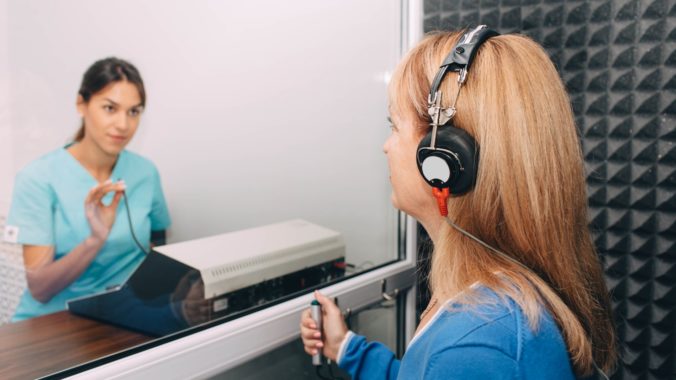Selecting the right audiometric equipment is critical for health professionals conducting hearing tests and assessments. These devices, which measure hearing acuity, need to be precise, reliable, and consistent to ensure valid results. Whether setting up a new practice or upgrading an existing one, it’s important to focus on high-quality gear that will stand the test of time. In this article, we’ll explore the essential factors you should consider to make an informed decision. Keep reading to ensure you choose equipment that meets your specific needs.
Understanding Audiometric Equipment: Key Features and Functions
Audiometric devices range from simple screening audiometers to complex diagnostic and testing systems. Key features to look for include frequency range, intensity levels, and signal types. High-quality equipment can test a wide range of frequencies and decibel levels to accurately assess hearing across the full spectrum of human hearing. As audiology continues to advance, choosing reliable equipment from trusted suppliers such as e3 diagnostics sells audiometric equipment that meets your needs and upholds industry standards, is a sound strategy for long-term success.
Additional functions such as bone conduction testing, speech audiometry, and masking are crucial for comprehensive hearing evaluations. User-friendly design and portable models can also enhance the testing process, especially when conducting field or outreach work.
Maintenance and ease of use should not be overlooked; the simpler the operation of the audiometer, the less training is required and the more time can be spent on patient care. Similarly, equipment with self-diagnostic features can preemptively notify clinicians of potential issues, reducing downtime and maintaining test accuracy.
Setting the Standard: Recognizing Quality in Audiometric Devices
Identifying high-quality audiometric devices begins with recognizing industry-leading manufacturers and the benchmarks they set. Premium devices are often characterized by the use of durable materials, advanced technology, and precision engineering. These factors contribute significantly to the reliability and longevity of the equipment.
Look for endorsements from audiological organizations and certifications that demonstrate a device’s safety and performance standards. Positive reviews from other professionals in the field can also provide insight into the real-world reliability of different models and brands.
High-quality devices also tend to have better warranties and post-purchase support, which signifies manufacturer confidence in the product. This support can prove invaluable in case of malfunctions or when requiring servicing and technical guidance. Moreover, solid after-sales support is a marker of quality, as reputable companies prioritize customer satisfaction. Ensuring these criteria can protect your investment and enhance the service life of your equipment.
Compliance and Calibration: Ensuring Your Equipment Meets Industry Norms
Adhering to industry standards is vital for ensuring that audiometric assessments are accurate and valid. Compliance with international or national guidelines guarantees that the equipment is suitable for clinical use and is recognized by professional bodies.
Calibration is another critical consideration in the selection of audiometric equipment. Regular calibration guarantees that devices maintain their precision over time. Manufacturers and suppliers should offer calibration services and advice on maintaining equipment to industry standards.
Documentation and traceability of calibration activities also ensure that the equipment is kept in optimal condition. Look for devices that facilitate easy access to calibration records, which can be critical during audits and assessments. Remember, even the most advanced audiometric equipment requires regular calibration to function accurately. Ensuring a strict calibration regimen can safeguard against invalid test results, which could lead to missed diagnoses or improper treatment planning.
Investing Wisely: Considering Durability and Longevity in Audiometric Gear
When investing in audiometric devices, it’s essential to think long-term. Durability is a measure of how well equipment can withstand frequent use, accidental drops, or transportation. Quality materials and robust build quality can significantly increase the lifespan of audiometric gear.
Future-proofing your investment is also critical. Choosing equipment that is upgradable or compatible with emerging technologies ensures that you won’t need to replace entire systems as innovations arise. Being able to add new functionalities or software means your gear will remain relevant for years to come.
Longevity is closely linked to the cost-effectiveness of the device. Initially, high-quality equipment may seem costlier, but it can provide better value over time due to lower maintenance costs and extended service life.
An audiometer that rarely requires repairs or replacement parts keeps operating costs low and reduces downtime. This reliability ensures that your practice can continue providing high-quality services without interruption, ultimately supporting better patient outcomes.
Investing in the proper audiometric equipment is a smart move for healthcare providers looking to deliver top-notch auditory care. By considering the key features and functions, recognizing quality standards, ensuring compliance and calibration, and valuing durability and user-friendliness, you can select devices that aren’t just useful for today but will serve your practice well into the future.




